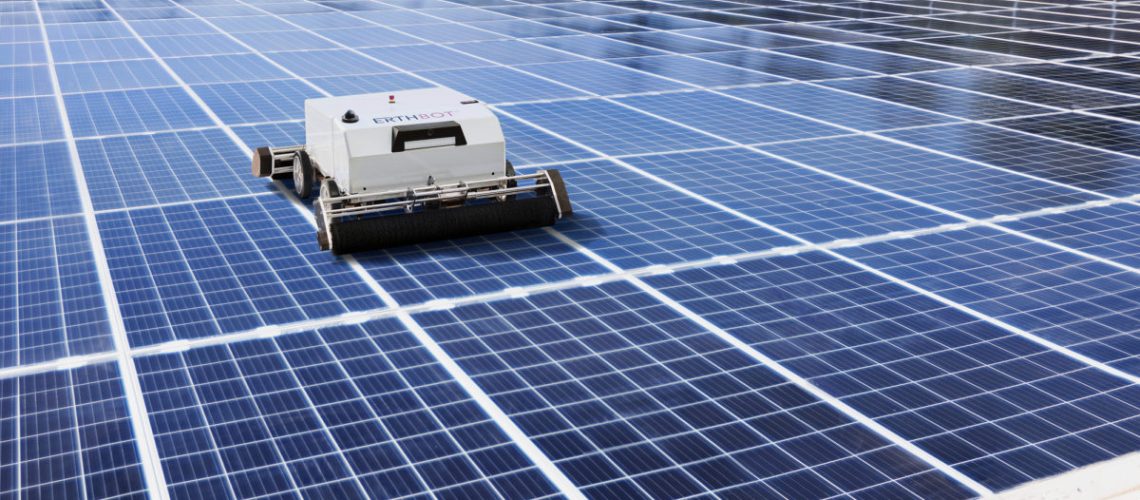Erthos secured a $17.5 million Series B from an investor who participated in the startup of Tesla and SpaceX. The utility-scale solar company has a 2.5GW project pipeline.
Erthos is a company built on the concept of “solar simplified, from the ground up.” Its “earth-mount” solar arrays sit flat on the dirt, with no mounts or trackers below. It recently announced the closing of a $17.5 million Series B funding round to scale-up.
The company has an active project pipeline of over 2.5GW.
Prevailing utility-scale solar standards are to use single-axis trackers to increase production throughout the day. Erthos’ model disrupts this standard, instead opting to cut material and maintenance costs, and cut land costs by increasing panel density.
While this model may have been more challenging in the past, solar module prices have come down dramatically over the years. Erthos said at current prices, it is more cost-effective to buy additional solar modules to make up for the loss of efficiency from foregoing trackers.
Capricorn Investment Group, which is known for participation in the Tesla and SpaceX launch, led the Series B.
“We see in Erthos a unique opportunity where simplicity and speed to market is coupled with an enormous ability to effect change,” says Ion Yadigaroglu, partner at Capricorn. “Additionally, declining module prices, increasing steel prices, and rampant supply chain problems are creating enormous tailwinds for Erthos.”
The investment follows on a $7.4 million Series A in 2019, which launched the company and helped it finalize the earth-mount system architecture. It also funded the development of the autonomous cleaning robot, which drives over the surface of the panels to clean them. The company has a 20-year operations, maintenance, and cleaning contract that warrants for less than 1% soiling through the term.
The company said it can install projects in half the time of utility-scale plants, at nearly half the cost, running under $.50/W. Earth-mount solar requires 70% less cable, 70% less underground trenching, and very little water consumption, said Erthos.
The design eliminates the use of gaps between rows and the array is installed as a large, unified sheet, and Erthos said this allows their project to use one third the land area of a conventional utility scale solar design. Since the panels lay completely flat on the ground, Erthos says their projects are resistant to category-four hurricanes.



